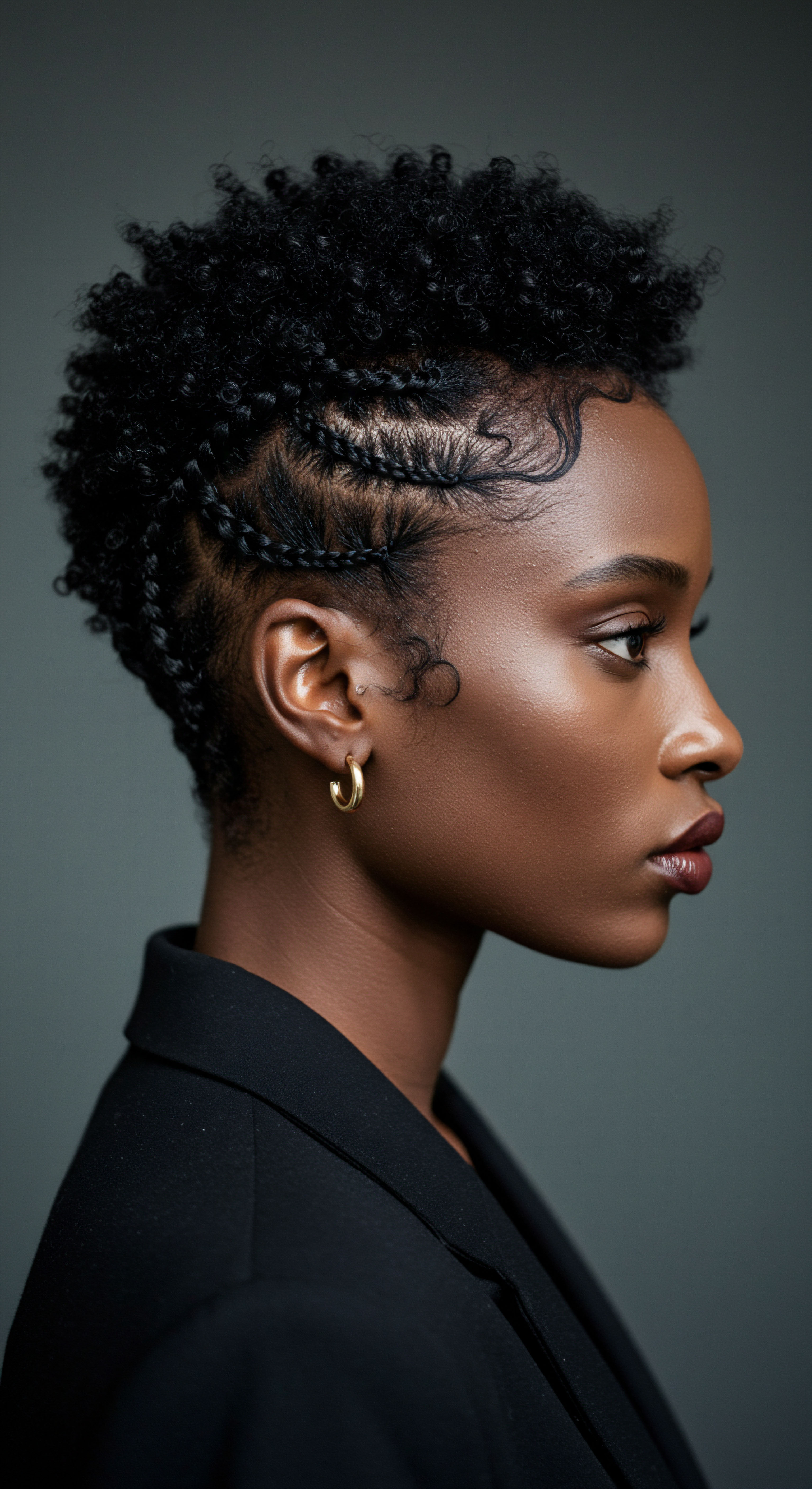
Roots
The whisper of tradition often carries a gentle wisdom, a knowing passed through generations, yet how does this ancient practice stand when viewed through the lens of modern understanding? Our forebears turned to nature’s bounty, anointing their scalps with oils, believing in their power to nourish and protect. This timeless ritual speaks to a deep connection with the body, a recognition of the scalp as a living foundation for vibrant strands. Today, we stand at a curious crossroads, where ancestral customs meet the intricate world of microbial life, prompting us to consider if these cherished elixirs truly shape the unseen fungal communities residing upon our skin.

Understanding the Scalp’s Living Landscape
Beneath our hair, a bustling, microscopic world exists, a complex ecosystem known as the scalp microbiome. This delicate balance of bacteria, fungi, and other microorganisms plays a vital role in maintaining scalp health. When this microscopic community flourishes in harmony, it helps guard against irritations, flaking, and discomfort. Disruptions to this balance, often termed dysbiosis, can usher in unwelcome guests or allow normally benign residents to proliferate beyond their helpful boundaries.
Among the most prominent fungal residents are species of Malassezia, a type of yeast. These organisms are lipophilic, meaning they thrive on lipids, particularly the sebum naturally produced by our scalp. In a balanced state, Malassezia are commensals, simply living alongside us without causing distress.
Yet, under certain conditions, their numbers can swell, leading to common scalp concerns such as flaking and itchiness, often associated with seborrheic dermatitis. The relationship between our natural oils, the oils we apply, and these microscopic inhabitants forms a captivating area of inquiry.
The scalp’s microscopic world, a complex ecosystem of bacteria and fungi, profoundly influences hair health.
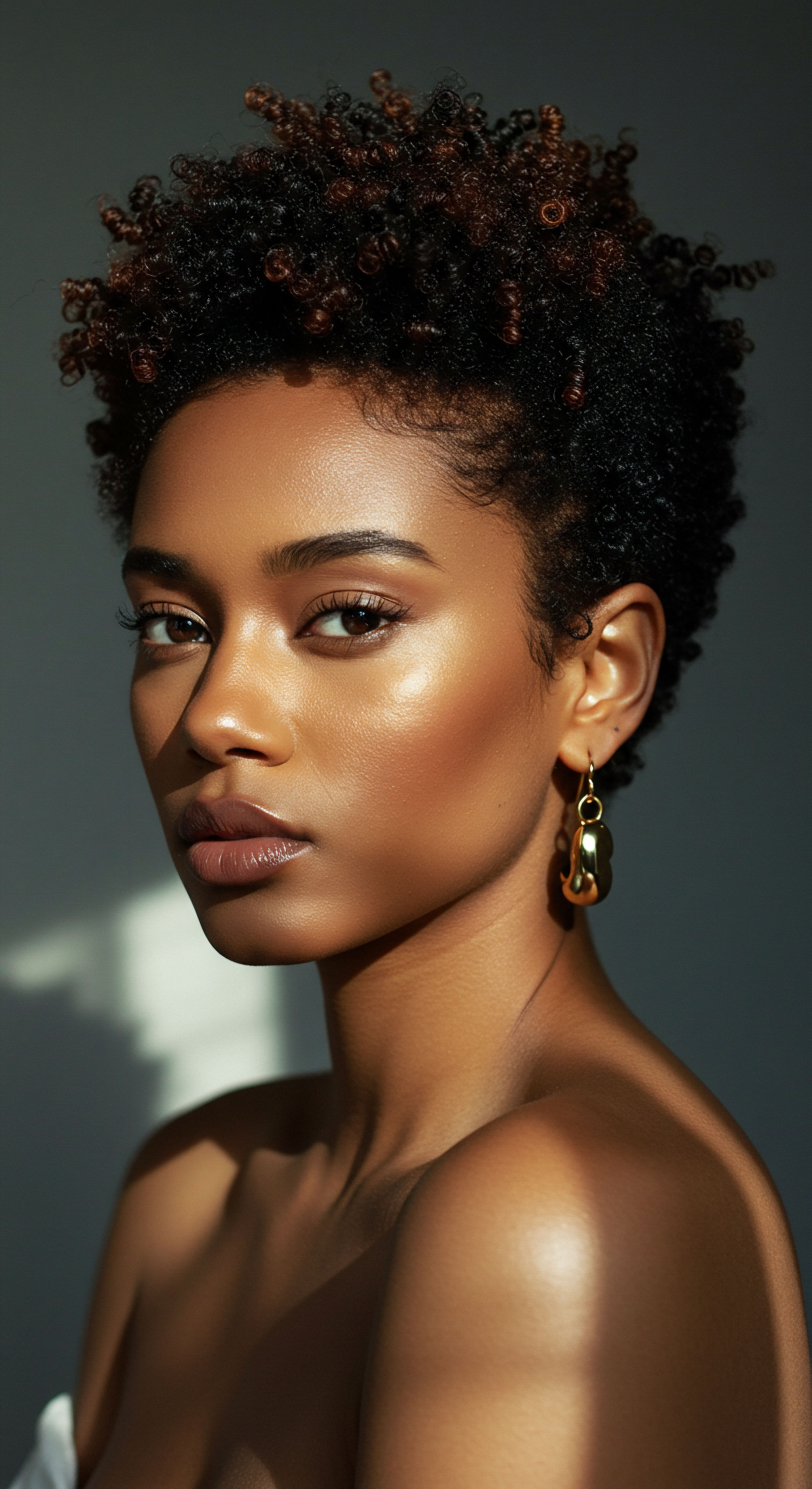
A Historical Gaze Upon Scalp Anointing
For centuries, cultures around the globe, particularly those with textured hair traditions, have incorporated oils into their hair care practices. From the aromatic preparations of ancient Egypt to the nourishing blends used in various African and diasporic communities, oils were seen as a source of strength, sheen, and scalp comfort. These applications were not merely cosmetic; they were deeply rooted in practices of hygiene, protection, and cultural identity. The tactile experience of applying these oils, the warmth generated by massage, and the aromatic qualities contributed to a holistic sense of well-being.
In many traditions, oils were selected not only for their perceived moisturizing properties but also for their cleansing and purifying attributes. The idea that certain plant extracts held inherent properties to ward off unseen elements was a widespread belief, though the scientific language to describe fungi or bacteria was, of course, absent. This deep, intuitive knowledge, passed down through generations, prompts us to investigate how these practices align with our contemporary understanding of the scalp’s microbial terrain.
| Oil Coconut Oil |
| Traditional Application Context Tropical regions, South Asia, Africa |
| Perceived Benefits Moisture, sheen, scalp soothing |
| Oil Olive Oil |
| Traditional Application Context Mediterranean, Middle East |
| Perceived Benefits Conditioning, strength, scalp health |
| Oil Castor Oil |
| Traditional Application Context Africa, Caribbean, India |
| Perceived Benefits Hair thickness, growth, scalp cleansing |
| Oil Neem Oil |
| Traditional Application Context India, Southeast Asia |
| Perceived Benefits Purifying, addressing scalp issues |
| Oil These oils were cherished for their perceived contributions to hair vitality and scalp comfort across diverse cultures. |

Ritual
Stepping from the foundational wisdom of scalp biology, we arrive at the practical application of oils, the rhythmic dance of ritual that shapes our hair journeys. This section invites us to consider how the intentional acts of oiling, sealing, and cleansing truly interact with the living environment of our scalp. What happens when a cherished tradition meets the complex needs of a microbial community? We seek to understand not just the ‘what’ of these practices, but the subtle ‘how’ and ‘why’ they might influence the microscopic residents we share our scalp with.

Application Methods and Their Unseen Effects
The way we apply oils can hold significant implications for the scalp’s microbial balance. Some prefer a generous coating, leaving oils on for extended periods, perhaps overnight. Others opt for lighter applications, focusing on mid-lengths and ends, with minimal contact at the scalp.
The frequency of application also varies widely. These choices, seemingly simple, play a part in shaping the scalp’s microclimate, influencing moisture levels, sebum distribution, and potentially, the availability of nutrients for fungal populations.
For instance, a thick layer of oil, especially one rich in certain fatty acids, might create an environment that encourages the proliferation of specific fungal species, particularly those that are lipophilic. Conversely, some oils possess intrinsic antifungal attributes that might deter unwanted fungal growth. The interplay here is delicate, a conversation between the applied substance and the inherent biology of the scalp.
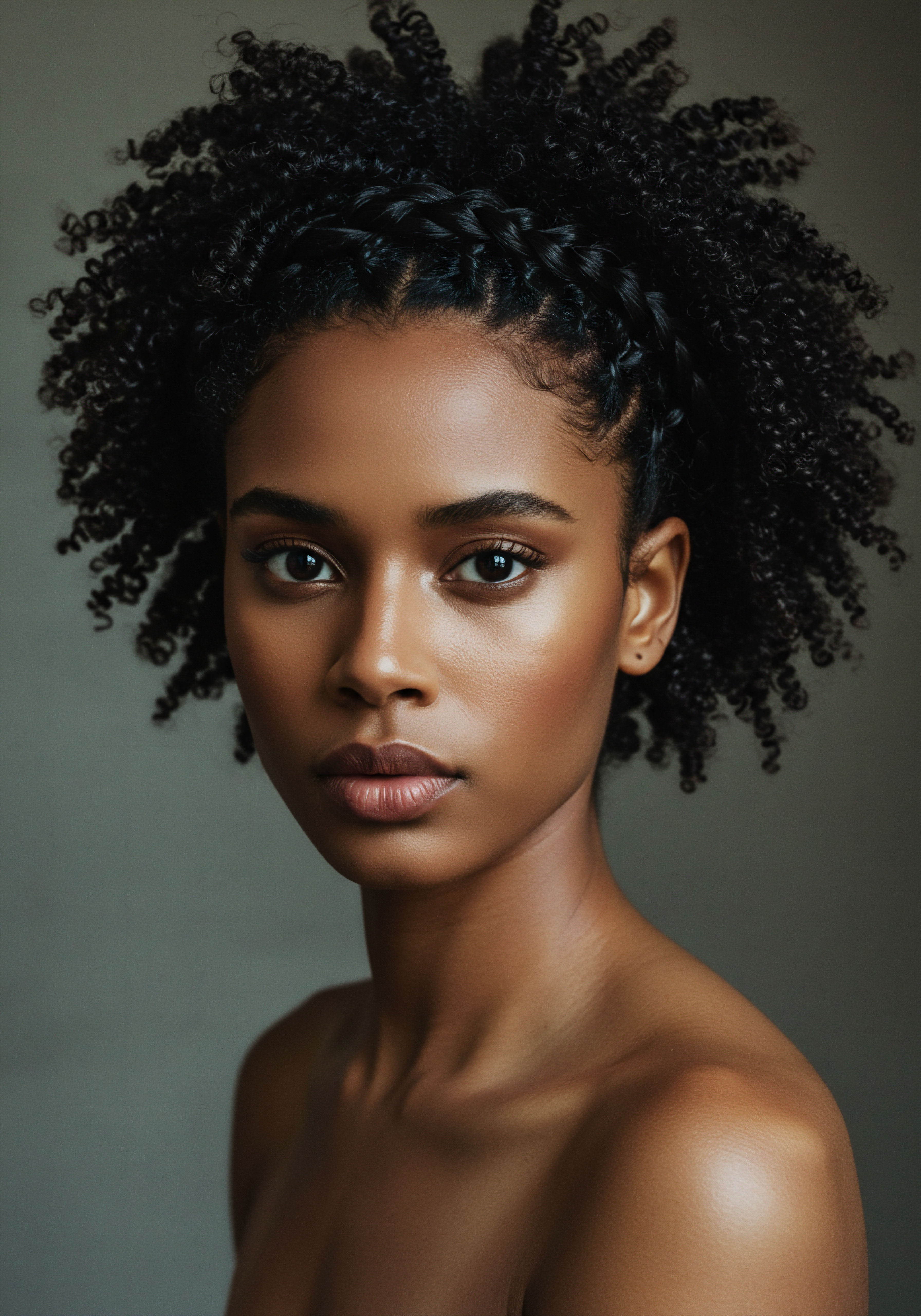
Do All Oils Interact with Scalp Fungi Similarly?
The spectrum of traditional oils is vast, each possessing a unique chemical composition. This diversity means that their interaction with scalp fungal populations is far from uniform. Some oils, like Tea Tree Oil, are widely recognized for their potent antifungal qualities.
Research indicates that tea tree oil, derived from the leaves of Melaleuca alternifolia, contains compounds that can effectively inhibit the growth of various fungi, including Malassezia species, which are frequently linked to dandruff and other scalp irritations. Its use can bring a sense of soothing calm to an agitated scalp.
Other oils, such as Neem Oil, also demonstrate strong antimicrobial and antifungal attributes, making them valuable in traditional remedies for scalp concerns. These oils can contribute to a healthier scalp environment by actively working against the proliferation of undesirable microorganisms.
However, the narrative around some popular oils is more intricate. Consider Coconut Oil, a beloved staple in many textured hair care routines. While it offers deep conditioning for the hair shaft, its interaction with scalp fungi presents a more complex picture. Some scientific investigations, primarily in laboratory settings, suggest that the fatty acid profile of coconut oil, particularly its lauric acid content, could potentially serve as a food source for Malassezia yeast, theoretically encouraging their growth.
Yet, a longitudinal study involving Indian women revealed a different outcome ❉ topical application of coconut oil actually led to an increase in Malassezia globosa, a fungal species associated with a balanced scalp microbiome, and a reduction in Malassezia restricta, a species often tied to dandruff. This fascinating contrast highlights the complexities of biological systems, where laboratory findings do not always translate directly to the dynamic environment of the human scalp. It suggests that the broader impact of an oil might extend beyond simple nutrient provision, perhaps influencing the overall scalp environment in ways that favor beneficial fungal types.
The choice of oil and its application method can significantly influence the scalp’s microbial landscape, with some oils actively deterring fungi and others having more complex, sometimes surprising, interactions.
The distinction between carrier oils and essential oils also merits consideration. Carrier oils, like coconut or olive oil, provide a base, offering conditioning and barrier support. Essential oils, highly concentrated plant extracts, carry potent active compounds and typically require dilution before scalp application to avoid irritation. Their power to influence microbial populations is often greater, but so is the need for mindful application.
Ultimately, the ritual of oiling, when approached with awareness, becomes a personalized dialogue with our scalp. Understanding the distinct properties of each oil, and observing how our unique scalp responds, guides us toward practices that truly support a thriving, balanced microbial ecosystem.

Relay
As we move beyond the immediate experience of oiling, we step into a realm where science, cultural heritage, and the subtle interplay of biology converge. This section seeks to unravel the deeper scientific dialogue surrounding traditional oils and their true impact on scalp fungal populations, acknowledging the intricate dance between our ancient practices and contemporary biological insights. We aim to understand the mechanisms at play, moving beyond surface-level observations to explore the profound implications for scalp health and the enduring wisdom of our hair traditions.

Decoding the Microbial Landscape on Our Scalp
The scalp is not merely skin; it is a complex ecological niche, shaped by factors such as sebum production, pH levels, and the presence of hair follicles. These elements collectively determine which microbial species flourish. The primary fungal residents of concern are the Malassezia species, particularly Malassezia globosa and Malassezia restricta.
While both are natural inhabitants, an overgrowth of M. restricta is often implicated in dandruff and seborrheic dermatitis due to its ability to metabolize scalp lipids and release irritating byproducts.
The very nature of these fungi, being lipophilic, means they depend on lipids for their sustenance. This biological reality forms the crux of the inquiry into how traditional oils, which are inherently lipid-rich, influence their populations. It’s a nuanced conversation, where the type of fatty acids present in an oil can determine whether it acts as a deterrent or, conversely, a potential nutrient source for certain fungal types.

Can Specific Oil Components Alter Fungal Growth?
Scientific investigations into the antimicrobial properties of plant-derived oils offer compelling insights. For instance, the active components within essential oils like Tea Tree Oil, such as terpinen-4-ol, have been shown to disrupt fungal cell membranes, thereby inhibiting their growth. A study exploring various essential oils found that tea tree oil, alongside lavender and rosemary oils, exhibited significant antifungal activities against a spectrum of dermatophyte fungi and yeast strains, including Malassezia. This direct fungicidal or fungistatic action provides a clear mechanism through which certain traditional oils can actively manage fungal populations.
However, the situation becomes more intricate when considering oils with a high content of long-chain fatty acids. For example, the prevailing belief in some dermatological circles, backed by in vitro studies, suggests that oils rich in fatty acids like lauric acid (a significant component of coconut oil) could potentially serve as a substrate for Malassezia yeast, thus theoretically contributing to their proliferation on the scalp. This perspective often leads to recommendations to avoid such oils on the scalp for individuals prone to seborrheic dermatitis.
Yet, real-world observations and certain clinical studies paint a more complex picture. A notable longitudinal study conducted on a cohort of 140 Indian women, both with healthy scalps and those experiencing dandruff, revealed a fascinating counterpoint. After a 12-week topical application of Coconut Oil, researchers observed an increase in the abundance of Cutibacterium acnes and, critically, Malassezia globosa in the dandruff-affected scalps. Simultaneously, there was a decrease in Malassezia restricta.
This outcome is particularly thought-provoking because M. globosa is often associated with a balanced scalp microbiome, while M. restricta is strongly linked to dandruff symptoms. The study concluded that coconut oil application appeared to have a beneficial effect on the fungal scalp microbiome, enhancing the core fungal species associated with a healthy microflora. This challenges the simplistic view that all fatty acids in oils universally fuel problematic fungi, suggesting that the overall environmental shift created by the oil, perhaps through improved skin barrier function or reduced inflammation, might influence fungal dynamics in a beneficial direction, even for oils traditionally thought to be problematic.
The interaction between traditional oils and scalp fungi is complex, with some oils exhibiting direct antifungal action while others, like coconut oil, present a nuanced picture where real-world application may yield surprising beneficial shifts in fungal balance despite theoretical concerns.

Cultural Practices and Microbial Dynamics
The historical practice of “greasing” the scalp, particularly prevalent in Black communities, involves applying oils or pomades directly to the scalp. This tradition is often linked to beliefs about promoting hair growth, providing moisture, and addressing perceived dryness or flaking. However, some contemporary dermatological discussions posit that this practice, especially when involving heavy, occlusive oils, might inadvertently create an environment conducive to the overgrowth of lipophilic Malassezia species, potentially exacerbating conditions like seborrheic dermatitis. This perspective prompts a delicate balance between respecting cultural practices and applying scientific understanding to optimize scalp health.
The infrequent washing patterns sometimes associated with textured hair care routines, designed to preserve moisture and delicate curl patterns, also play a role. Less frequent cleansing can lead to a buildup of sebum and product residue, creating a richer nutrient environment for scalp microorganisms. When traditional oils are layered into this environment, their impact on fungal populations becomes even more pronounced, highlighting the need for a holistic understanding that considers both product chemistry and hair care routines.
Ultimately, the question of whether traditional oils change scalp fungal populations is not met with a simple ‘yes’ or ‘no’. The answer is woven into the intricate details of oil composition, application methods, individual scalp biology, and broader hair care regimens. The ongoing scientific exploration, often building upon and sometimes challenging traditional wisdom, allows us to refine our practices, moving toward an approach that truly honors both heritage and health.
For a clearer understanding of the varied effects, consider the following:
- Antifungal Oils ❉ Oils such as tea tree and neem contain specific compounds known to actively inhibit fungal growth. Their mechanisms often involve disrupting the fungal cell structure or metabolism.
- Lipid-Rich Oils ❉ Oils like coconut and olive oil provide lipids. While some lipids can be consumed by Malassezia, the overall effect on the scalp microbiome can be complex, potentially influencing the balance of different Malassezia species rather than simply increasing all fungal growth.
- Application Frequency ❉ Regular, heavy application of certain oils, especially those that can serve as a fungal food source, might contribute to an imbalance. Conversely, judicious use, particularly of oils with beneficial properties, can support scalp health.
| Oil/Substance Butter |
| Malassezia Furfur Growth (In Vitro) Grew well |
| Source Reference |
| Oil/Substance Corn Oil |
| Malassezia Furfur Growth (In Vitro) Grew well |
| Source Reference |
| Oil/Substance Olive Oil |
| Malassezia Furfur Growth (In Vitro) Grew well |
| Source Reference |
| Oil/Substance Coconut Oil |
| Malassezia Furfur Growth (In Vitro) Grew well |
| Source Reference |
| Oil/Substance Oleic Acid |
| Malassezia Furfur Growth (In Vitro) Grew well |
| Source Reference |
| Oil/Substance Castor Oil |
| Malassezia Furfur Growth (In Vitro) Grew well |
| Source Reference |
| Oil/Substance Dextrose Medium (Control) |
| Malassezia Furfur Growth (In Vitro) Poor growth |
| Source Reference |
| Oil/Substance Cinnamon Oil |
| Malassezia Furfur Growth (In Vitro) Significant inhibition |
| Source Reference |
| Oil/Substance Kapur Tulsi Oil |
| Malassezia Furfur Growth (In Vitro) Significant inhibition |
| Source Reference |
| Oil/Substance Cajeput Oil |
| Malassezia Furfur Growth (In Vitro) Significant inhibition |
| Source Reference |
| Oil/Substance In laboratory settings, some traditional oils have shown to support Malassezia growth, while others demonstrate inhibitory effects, underscoring the complexity of their interactions. |
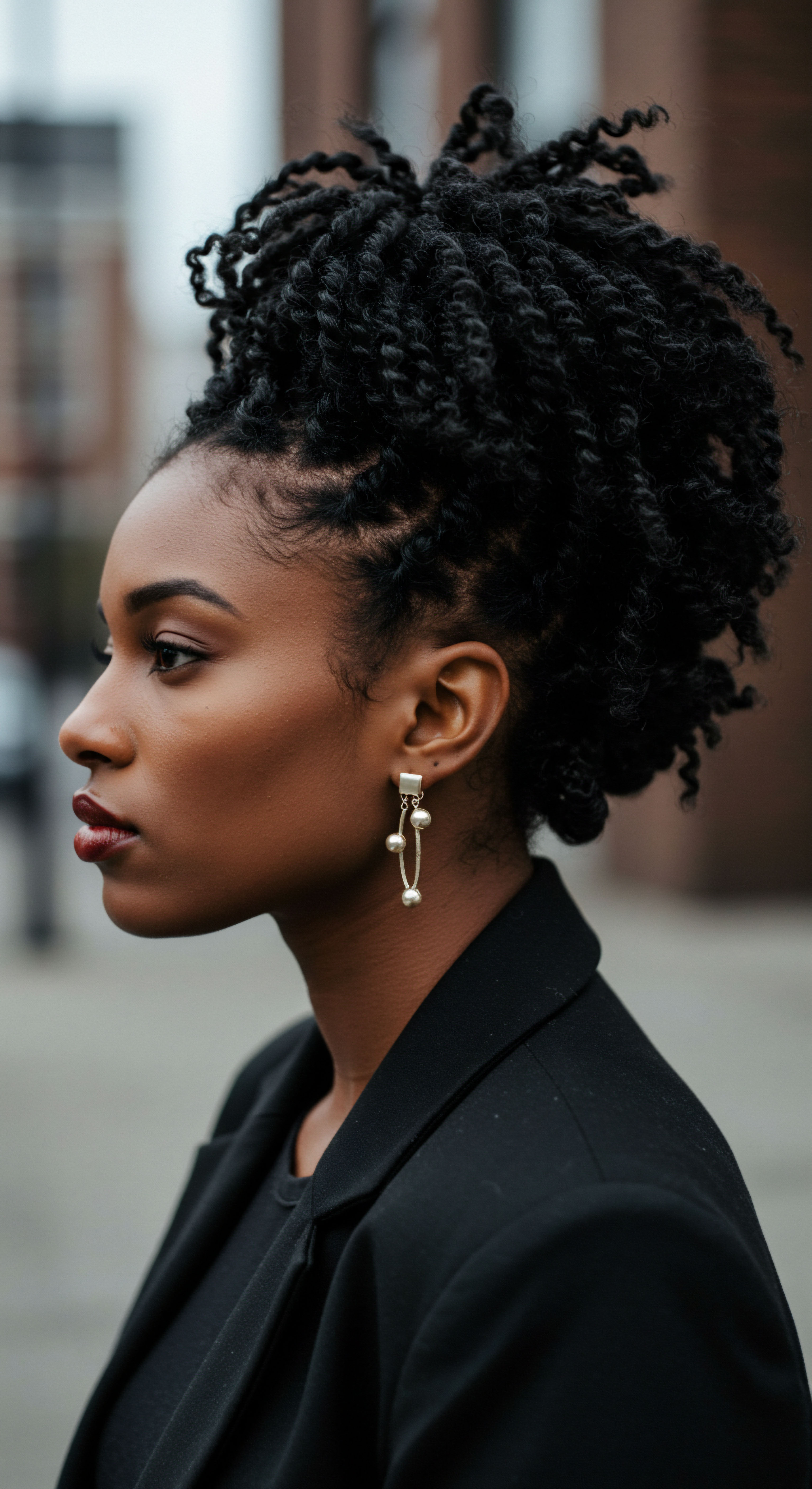
Reflection
Our exploration into the world of traditional oils and scalp fungal populations reveals a landscape far richer and more nuanced than simple answers could ever provide. We have journeyed from the roots of ancient wisdom to the precise observations of modern science, finding that the practices of our ancestors, while intuitive, hold a profound, often complex, relationship with the unseen microbial world of our scalp. The interaction of traditional oils with scalp fungi is not a singular phenomenon, but a dynamic interplay shaped by the oil’s composition, application methods, and the unique biological tapestry of each individual. As we continue to honor the legacy of textured hair care, our deeper understanding allows us to approach these rituals with an informed reverence, fostering not only the visible beauty of our strands but also the hidden harmony of our scalp’s living terrain.
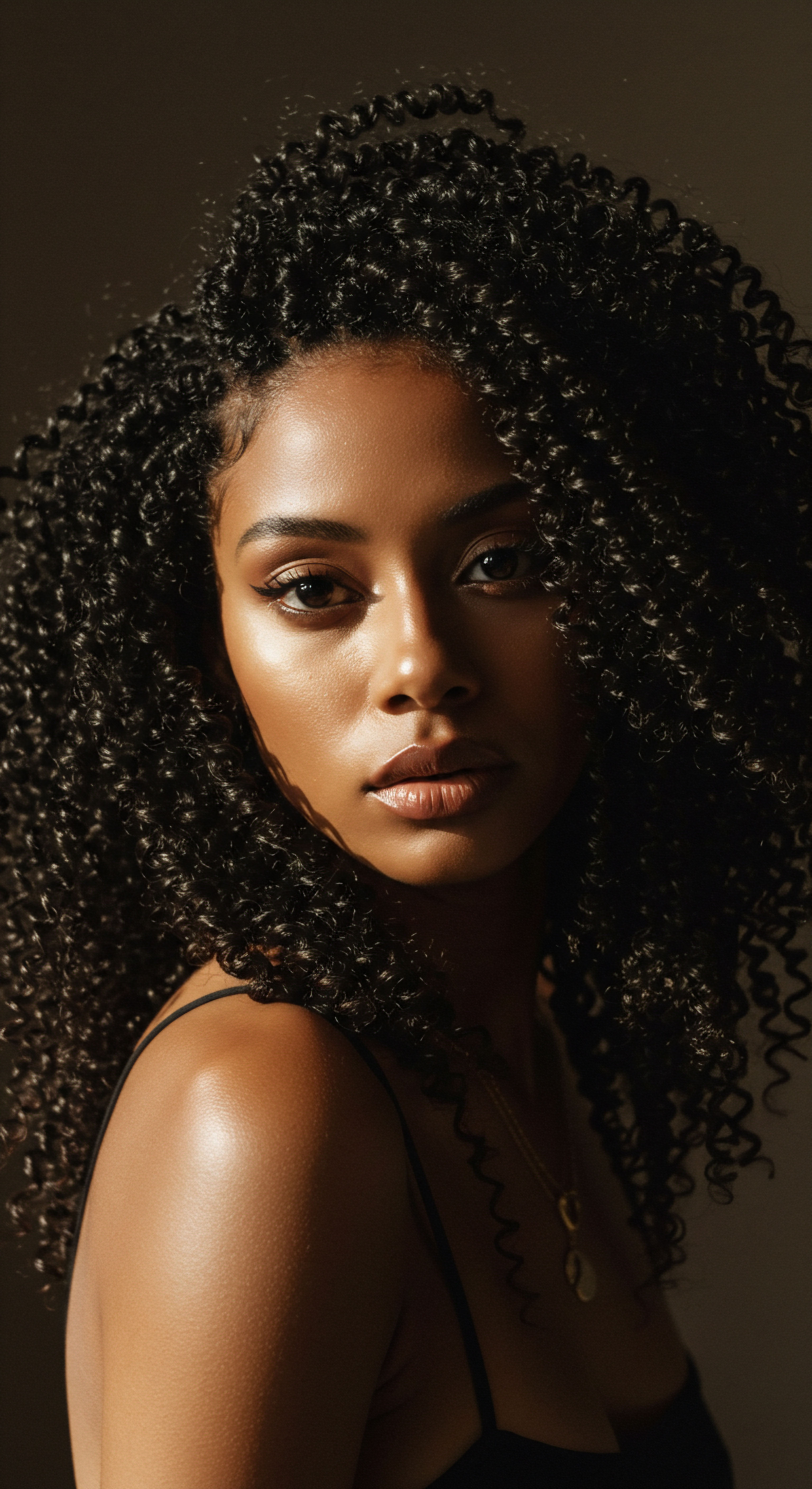
References
- KERA BOND. Dandruff and Scalp Microbiome ❉ Ingredients and Insights for Scalp Health. 2024.
- MySebDermTeam. 4 Oils To Use and 3 Oils To Avoid for Seborrheic Dermatitis. 2024.
- Origenere. Tea Tree For Hair And Scalp ❉ Expert Review. 2024.
- MONPURE. Why the Scalp Microbiome is the Key to Healthy Hair. 2023.
- Bayliss, S. J. Hair Oils May Worsen Seborrheic Dermatitis in Black Patients. Pediatric Dermatology, 2018.
- Singh, P. Hair Oils ❉ Indigenous Knowledge Revisited. Pharmacognosy Reviews, 2019.
- Wulandari, D. Potential of Essential Oil as Anti-Dandruff in Scalp Treatment Preparations. Journal of Pharmacy and Pharmaceutical Sciences, 2022.
- Oliva Skin & Hair Clinic. 10 Home Remedies To Treat Scalp Fungal Infection Naturally. 2024.
- Rabe, T. & Van Staden, J. Inhibition of the Growth of Dermatophyte Fungi and Yeast Associated with Dandruff and Related Scalp Inflammatory Conditions by the Essential Oils of Artemisia Afra, Pteronia Incana, Lavandula Officinalis and Rosmarinus Officinalis. South African Journal of Botany, 2000.
- BiomeCentric. The scalp microbiome ❉ The key to next-gen hair care. 2024.
- Clinikally. Scalp Biomes ❉ Personalized Haircare for Your Unique Flora. 2024.
- Vitacost Blog. Scalp Microbiome ❉ How to Care for Yours, and Why it Matters. 2022.
- Healthline. Scalp Microbiome Explained ❉ What’s Living on Your Scalp and Why It Matters. 2025.
- Simões, M. et al. Antifungal Properties of Essential Oils and Their Compounds for Application in Skin Fungal Infections ❉ Conventional and Nonconventional Approaches. Molecules, 2020.
- Guttman Krader, C. Myth debunked ❉ Hair oil and fungal cultures. The Dermatology Digest, 2020.
- Gupta, C. et al. Screening of plant essential oils for antifungal activity against Malassezia furfur. Journal of Ethnopharmacology, 2019.
- Bayliss, S. J. (2023). Hair Oils May Worsen Seborrheic Dermatitis in Black Patients. ResearchGate.
- Malassezia. Coconut Oil For Seborrheic Dermatitis And Dandruff ❉ Why it’s harming, not helping. 2024.
- Wulandari, D. et al. Potential of Essential Oil as Anti-Dandruff in Scalp Treatment Preparations. Journal of Pharmacy and Pharmaceutical Sciences, 2022.
- A.Vogel. 10 natural remedies for fungal skin infections. 2019.
- Saxena, R. et al. Longitudinal study of the scalp microbiome suggests coconut oil to enrich healthy scalp commensals. Scientific Reports, 2021.
- Centre Clauderer. Scalp microbiome ❉ why it’s essential for healthy hair. 2024.
- Sharma, P. et al. Exploration of Nutraceutical Potential of Herbal Oil Formulated from Parasitic Plant. Pharmacognosy Research, 2017.
- Sharma, P. et al. The Role of Microbiome, Sebum and Natural Remedies in Dandruff Management. Journal of Cosmetology & Trichology, 2025.
- Healthline. Tea Tree Oil for Scalp ❉ Benefits, Uses, Risks, and Choosing Produ. 2018.